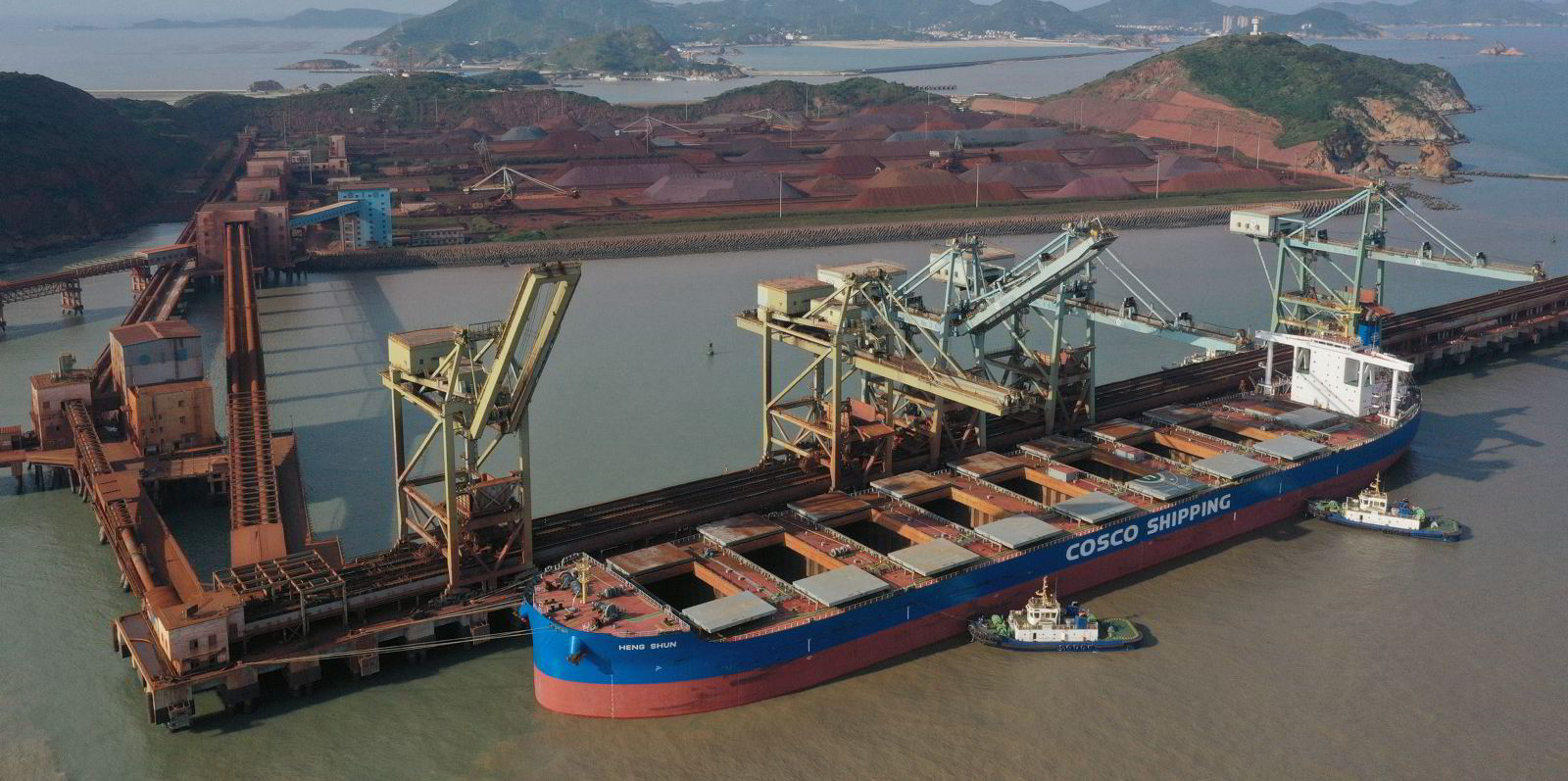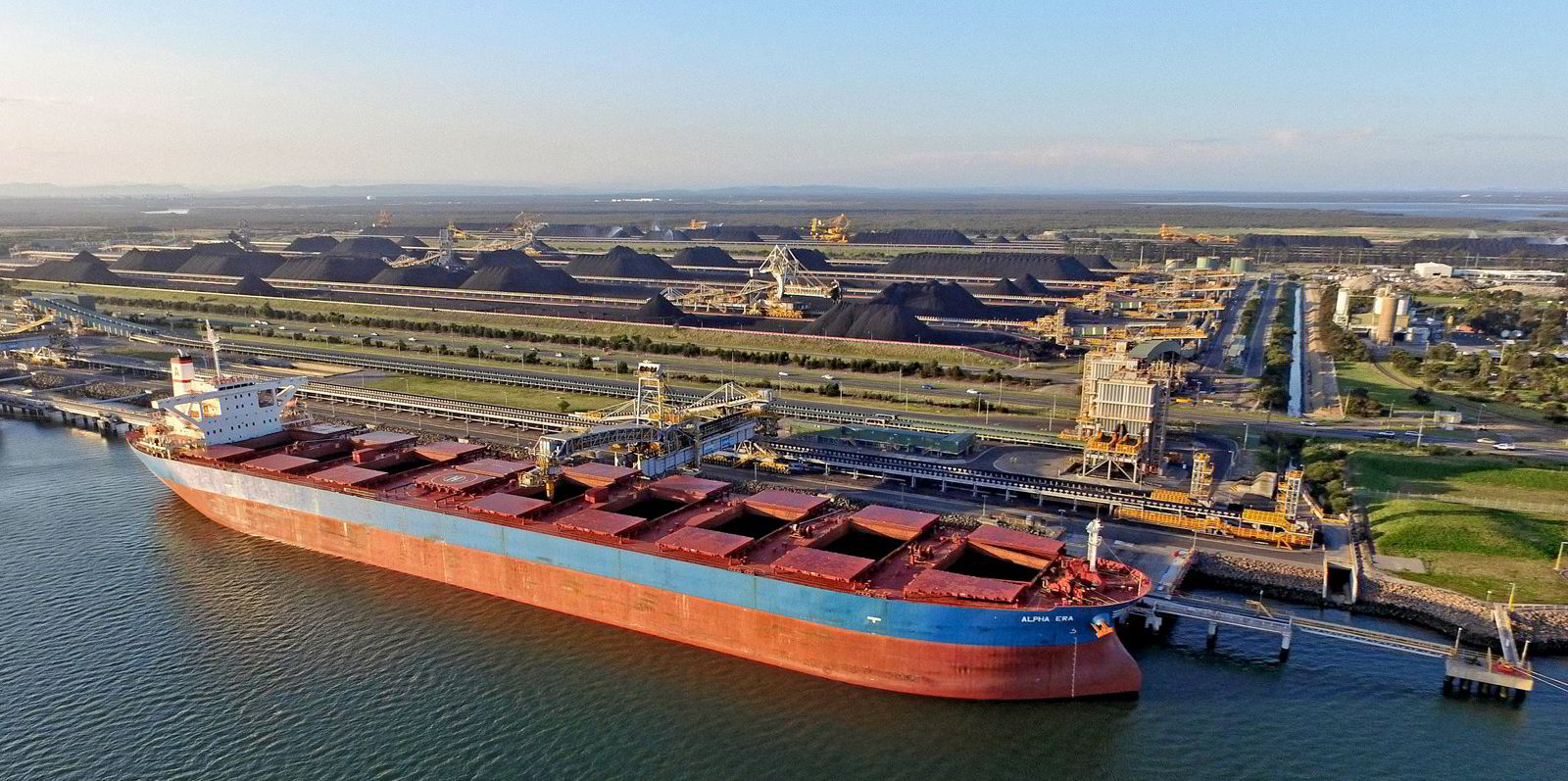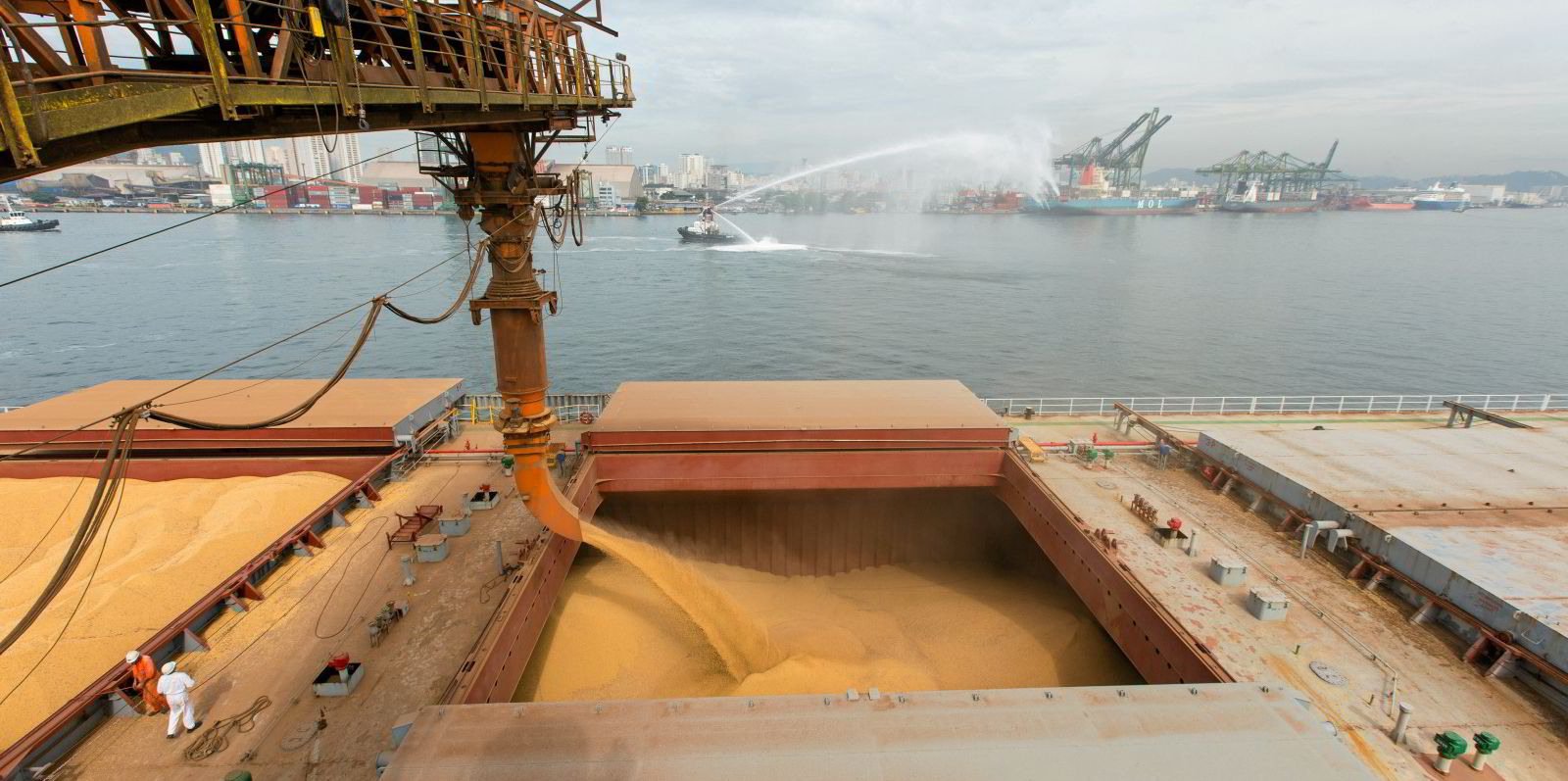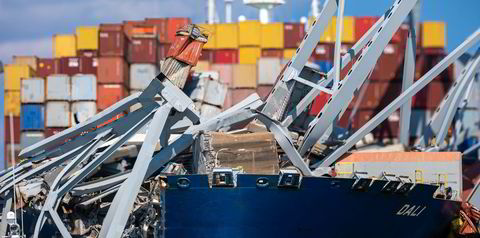Everything had been going so well.
Capesize bulkers have been fixing at higher spot rates compared to the same point in previous years and the futures market saw record activity in January.
But a sharp tumble in the physical market on Tuesday caused a dramatic day for capesize paper deals.
The Baltic Exchange's 5TC index, a weighted average time-charter equivalent rates on five key capesize routes, was assessed $1,463 lower on Tuesday at $14,053 per day, adding momentum to the decline seen over the previous 10 days.
This prompted a massive sell-off in the market for forward freight agreements (FFAs), which ended with the February 5TC contract closing $2,481 lower on Tuesday at $8,819 per day.
'A sea of red'
Freight Investor Services (FIS), the world's biggest FFA broker, called the capesize market "a sea of red" in its market report on Tuesday.
All the Baltic Exchange's futures contracts were impacted during a hectic day of trading, with paper for the two months ahead suffering the most dramatic falls.
FFAs for March took a $1,712 hit by the time the market closed on Tuesday and settled at $8,894 per day.
Likewise, the April contract closed at $10,425 per day, down by $1,403 on Tuesday.
FIS said "significantly weaker" fixtures on the Brazil-China route impacted sentiment, "although the 5TC index was marked down less than expected".
"The paper was a bloodbath from the open with no let up throughout the day as longs rushed for the exit and the market gapped down especially for the Feb and March [contracts]," FIS said in its report.
"The Q2 [second quarter] followed in sympathy with lows of $11,600 [per day] touched although some brave buyers came in as the day closed at the lows of the day."
Open interest in the capesize futures market remains relatively high, compared to average levels over the past two years.
Total capesize volumes peaked at 6,251 lots on 11 January, the highest level seen since July last year, but this has since fallen away to 1,250 lots on Monday, according to the latest available Baltic Exchange data.
Physical market picture
Bunker prices are rising but are failing to support freight rates, FIS said in Tuesday's report.
Rising crude oil prices led to a $15.50 rise in the price of very low-sulphur fuel oil (VLSFO) at Singapore, which is selling at $469.50 per tonne, FIS said.
A standoff between owners and charterers is behind the "muted" market activity for February loadings, the broker noted.
"Freight rates continued to drop at the rising vessel supply as the ballasters list grew in the Atlantic basin, while shipping demand failed to keep up the pace," FIS said in its report.
"Meanwhile, the Pacific basin fared better with more shipping demand in the key Western Australia to China route, though freight rates continued to fall from lower bookings."








